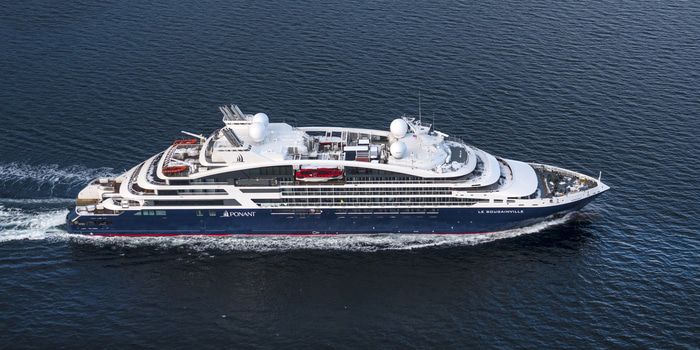Landscapes and cultures of the Adriatic
Kid Explorers Club in partnership with MAUD FONTENOY FOUNDATION.
Dotted with hundreds of captivating islands running along the coastlines and boasting an exceptional heritage, the Adriatic surprises, dazzles and enchants. Its shores, edged with beaches, coves and bays, leave indelible memories for all who sail its calm waters, sparkling in turquoise. Set sail aboard Le Bougainville for an 8-day cruise discovering its cities of unparalleled splendour.
Your voyage will begin in Italy with an embarkation in Venice. An opportunity to discover or rediscover the sublime city of the Doges, with its many canals, its vaporetti and its mythical gondolas before heading to Croatia and the city of Rovinj.
To the north of Dalmatia, the charming fishing village of Primosten unfolds before you, with its pretty traditional stone houses and its architectural heritage influenced by the Venetian Republic. It is the gateway to the magnificent Krka Waterfalls and you will fall in love with its authenticity and exceptional environment.
Split will open its doors to you to discover its historic centre, a UNESCO World Heritage Site, with treasures such as Diocletian's Palace or the Cathedral of Saint Domnius.
After a stopover in Hvar, Le Bougainville will set sail for Brac Island. Bol, the island’s oldest port town, will reveals itself through a maze of picturesque little streets, edged with traditional homes with white façades and red-tiled roofs, and through its paradisiacal beaches, like the most famous of them: the pebble beach of Zlatni Rat.
Further north, off the Istrian coast, there lies an archipelago called Brijuni, which is a real paradise on earth. On this archipelago’s idyllic islets, completely devoid of cars, let yourself fall under the spell of its isolated coves, ancient ruins and its National Park.
You will then call at Pula, the most Roman of Croatian cities, before heading for Slovenia. The old town of Piran, girdled by ramparts, will transport you into a medieval atmosphere, tinged with Venetian colour. As a grand finale, your voyage will draw to an end in Venice the Serenissima and its lagoon.
When searching for a luxury yacht expedition cruise, there’s one name above all else that you need to know – Ponant Cruises. Founded in 1988 by former French Merchant Navy officers, Ponant combines succulent luxury with authentic adventures on all seven continents.
From classic Mediterranean itineraries and Caribbean sailings, to bucket-list expeditions around Greenland and Antarctica, Ponant cruises proudly counteract the banality of mainstream voyages with a unique take on the concept of small-ship cruising. It’s the absolute trip of a lifetime.

Featuring innovative and environmentally-friendly equipment, elegantly designed cabins, spacious suites with large windows, and lounge areas that open onto the outside, this new limited-capacity yacht boasting just 92 cabins and suites will offer you a truly unique cruising experience.



